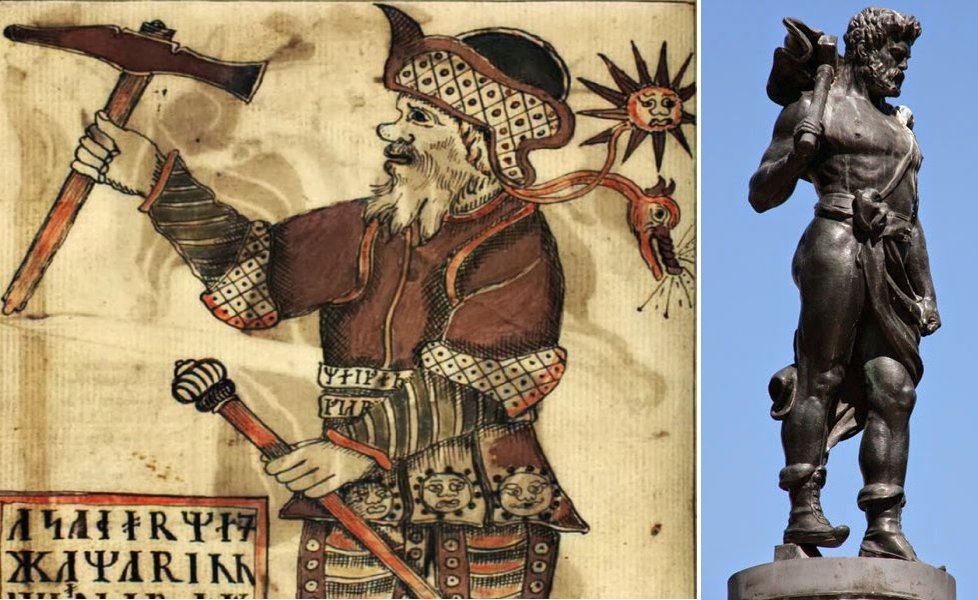Mjölnir: Thor’s Terrible Axe-Hammer And Its Magical Powers In Norse Mythology
A. Sutherland - AncientPages.com - Mjölnir (also known as Miölnir, Mjølne, Mjǫllnr) was a terrible ax hammer that belonged to Norse god Thor. The word Mjölnir means ‘crusher’ (or ‘striker’).
Thor was a righteous god who mastered thunder, storms, and lightning and had supernatural strength. He protected mankind, gods, and fertility and was renowned as the strongest, brave, and most warlike of the gods.
He was also known as the great slayer of the Jötuns, terrible giants who were sworn enemies of the gods in Asgard. The Jötuns lived in Jötunheimr, one of the nine worlds of Norse cosmology. Their home was also known as Utgard, which means “Beyond the Fence.”
Thor is considered a hero of the Vikings, and his hammer has long been the Vikings' amulet of protection and power.
In ancient art, Thor is depicted with Mjölnir, a magical hammer in his hand. The hammer’s only flaw was its short handle. Loki, known among the gods as a trickster and mischief-maker, was responsible for this defect.
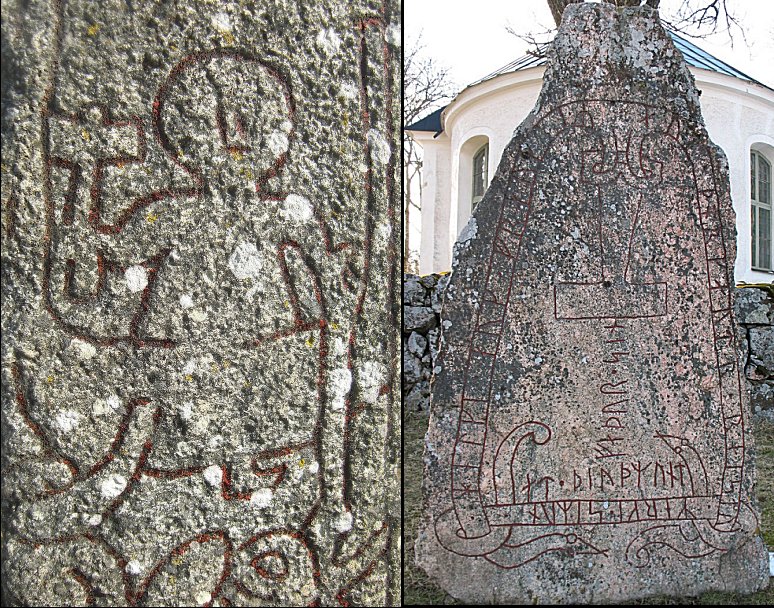
Left: Thor with Mjolnir depicted on the Altuna stone, Uppland; Sweden. Right: A runestone depicting Thor's hammer, Södermanland, Sweden.
As a result, Thor had to wear the magic glove or an iron gauntlet (‘Iarn-greiper’) to hold terribly red-hot Mjölnir in his hand. Thor also used a mysterious belt (Megingjardir) that would double his strength.
Yet, the magical hammer had many wonderful properties and was Thor’s formidable weapon against giants. Mjölnir was capable of leveling mountains and was so heavy that no one else could lift it from the ground. Regardless of distance, Mjölnir always returned to Thor’s hand, which could be squeezed into a smaller size and unexpectedly hidden away. Mjölnir could kill and destroy but also revive people or animals.
It was said to be forged by two dwarfs, Brokkr ( in Old Norse: ‘blacksmith’) and Eitri (‘spark-sprayer’), who both lived in the underground home of the dwarves, Svartalfheim and were widely known, skilled craftsmen and technicians who created many magical objects for the gods of Asgard.
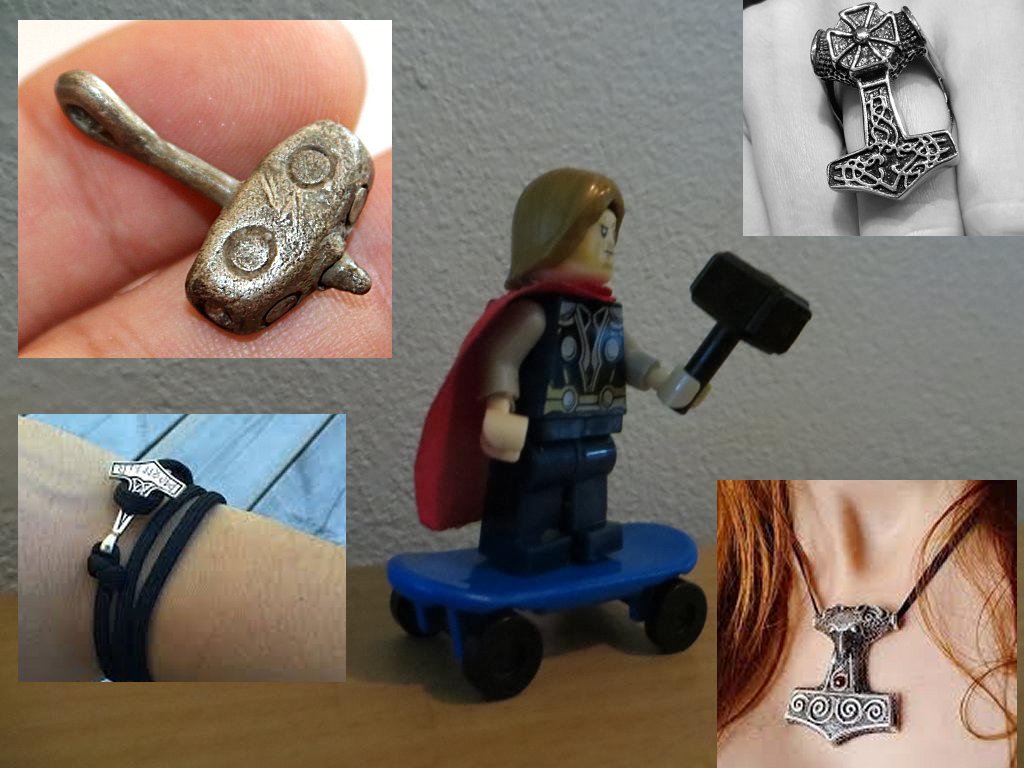
Mjölnir was a tremendous weapon capable of leveling mountains and so heavy that no one else could lift it from the ground.
The saga of Thor’s formidable weapon, which killed countless giants, continued even after Ragnarok, according to Snorri Sturluson's Prose Edda, ‘Skáldskaparmál.’ Mjölnir was in possession of the second generation of gods, who survived the catastrophic events of Ragnarok and were involved in the new world order.
Thor’s Hammer Mjölnir Widely Depicted By The Viking People Of Scandinavia
The memory of Mjölnir and its owner has survived through many generations. Thor’s hammer was frequently depicted on countless boundary stones and gravestones. It was frequently found at wedding ceremonies and raised over newborn children.
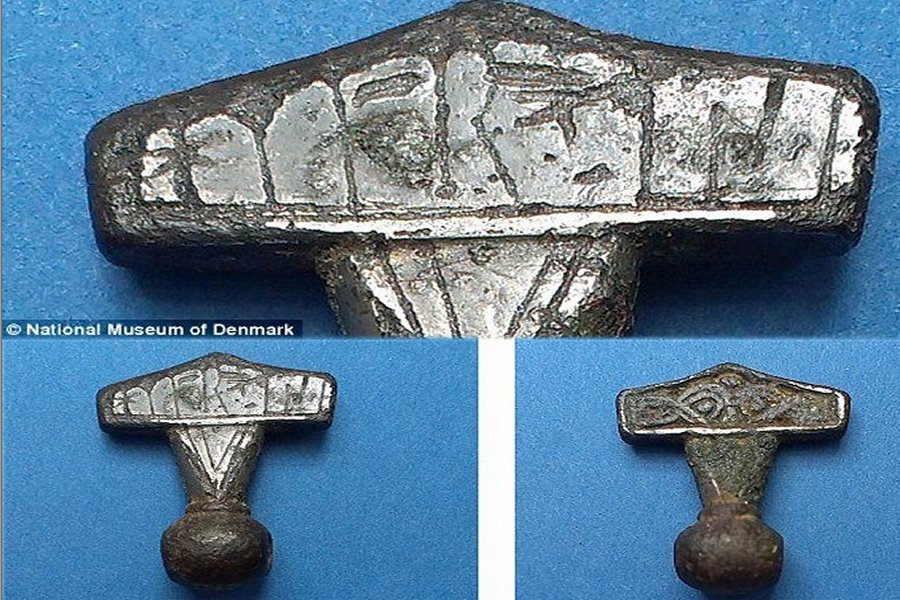
Unusual Hammer of Thor found in Denmark. .Both sides of the amulet are shown here, with runes seen on the left image. The latest find is unusual as it has runes inscribed that read ‘Hmar x is’ (‘This is a Hammer’)
Popular and respected miniature hammers are designed to be worn as pendants. Small silver amulets in the form of Mjölnir symbolize the greatness of Thor and his fight for the land.
Archaeological excavations revealed many of these artifacts.
Updated on January 26, 2023
Written by – A. Sutherland AncientPages.com Staff Writer
Copyright © AncientPages.com All rights reserved. This material may not be published, broadcast, rewritten or redistributed in whole or part without the express written permission of AncientPages.com
Expand for referencesReferences:
Hawthorne, Simon. Norse Mythology
Grimes, Heilan Yvette. The Norse Myths (p. 288). Hollow Earth Publishing. Kindle Edition.
Belton, J. H. An Encyclopedia of Norse Mythology
More From Ancient Pages
-
 Study Sheds Light On Life Beyond Rome’s Frontier
Archaeology | Jun 2, 2022
Study Sheds Light On Life Beyond Rome’s Frontier
Archaeology | Jun 2, 2022 -
 How Did The Renaissance Change Europe?
Ancient History Facts | Oct 10, 2019
How Did The Renaissance Change Europe?
Ancient History Facts | Oct 10, 2019 -
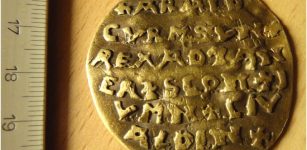 Mysterious Golden Curmsun Disc And Its Connection To King Harald Bluetooth And The Legendary Jomsvikings
Artifacts | Apr 13, 2022
Mysterious Golden Curmsun Disc And Its Connection To King Harald Bluetooth And The Legendary Jomsvikings
Artifacts | Apr 13, 2022 -
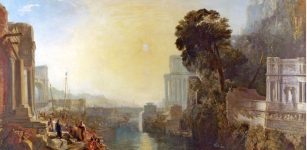 Evidence Of Carthaginian Presence In Northern Europe?
Featured Stories | Jun 18, 2022
Evidence Of Carthaginian Presence In Northern Europe?
Featured Stories | Jun 18, 2022 -
 A 5,000-Year-Old Anatolian Sword Identified In Armenian Monastery In Venice
Artifacts | Feb 28, 2020
A 5,000-Year-Old Anatolian Sword Identified In Armenian Monastery In Venice
Artifacts | Feb 28, 2020 -
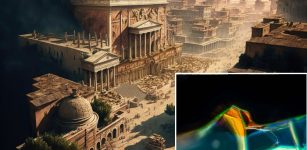 Buried Ancient Roman Glass Has Formed Photonic Crystals – Extraordinary Discovery – Scientists Say
Ancient Technology | Sep 25, 2023
Buried Ancient Roman Glass Has Formed Photonic Crystals – Extraordinary Discovery – Scientists Say
Ancient Technology | Sep 25, 2023 -
 What Is The Truth Behind “Upstart Crow” – One Of The Most Famous Insults Aimed At Shakespeare?
Linguistic Discoveries | Jun 24, 2025
What Is The Truth Behind “Upstart Crow” – One Of The Most Famous Insults Aimed At Shakespeare?
Linguistic Discoveries | Jun 24, 2025 -
 New Fossil Link In Bird Evolution Discovered
Evolution | Sep 7, 2023
New Fossil Link In Bird Evolution Discovered
Evolution | Sep 7, 2023 -
 Advanced Ancient Technology: Could Ancient Peruvians Soften Stone?
Ancient Technology | May 7, 2015
Advanced Ancient Technology: Could Ancient Peruvians Soften Stone?
Ancient Technology | May 7, 2015 -
 Mini-Pyramid Discovered In South Saqqara, Egypt
Archaeology | Oct 13, 2017
Mini-Pyramid Discovered In South Saqqara, Egypt
Archaeology | Oct 13, 2017 -
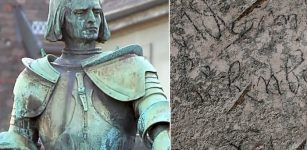 A Graffiti Inscription With The Name Of Knight Adrian von Bubenberg – Found On Mount Zion In Jerusalem
Archaeology | Nov 30, 2022
A Graffiti Inscription With The Name Of Knight Adrian von Bubenberg – Found On Mount Zion In Jerusalem
Archaeology | Nov 30, 2022 -
 The Fierce Great Heathen Army And The Invasion Of East Anglia
Vikings | Aug 8, 2022
The Fierce Great Heathen Army And The Invasion Of East Anglia
Vikings | Aug 8, 2022 -
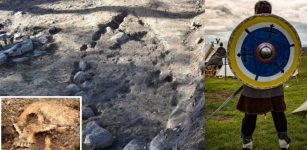 Rare Viking Ship Burial At Gamla Uppsala Reveals Its Secrets – What’s Inside?
Archaeology | Aug 8, 2020
Rare Viking Ship Burial At Gamla Uppsala Reveals Its Secrets – What’s Inside?
Archaeology | Aug 8, 2020 -
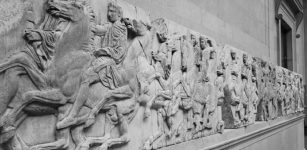 British Museum Is World’s Largest Receiver Of Stolen Goods – Says QC
Archaeology | Nov 12, 2019
British Museum Is World’s Largest Receiver Of Stolen Goods – Says QC
Archaeology | Nov 12, 2019 -
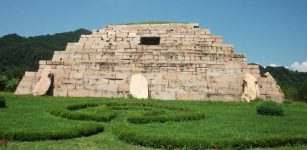 Complex Of Goguryeo Tombs: Beautiful Ancient Wall Paintings Displaying History And Mythology Of North Korea
Civilizations | Oct 19, 2018
Complex Of Goguryeo Tombs: Beautiful Ancient Wall Paintings Displaying History And Mythology Of North Korea
Civilizations | Oct 19, 2018 -
 El Volcán: Mysterious Volcano-Shaped Pyramid With Never Revealed Secrets In Peru
Archaeology | Jun 6, 2017
El Volcán: Mysterious Volcano-Shaped Pyramid With Never Revealed Secrets In Peru
Archaeology | Jun 6, 2017 -
 Underground Hellenistic Necropolis With Tombs With Frescoes, Reliefs Unearthed In Naples, Italy
Archaeology | May 13, 2023
Underground Hellenistic Necropolis With Tombs With Frescoes, Reliefs Unearthed In Naples, Italy
Archaeology | May 13, 2023 -
 Completely Intact 2,000-Year-Old ‘Chocolatier Style’ Pot Discovered In Mexican Cave
Archaeology | Jul 30, 2022
Completely Intact 2,000-Year-Old ‘Chocolatier Style’ Pot Discovered In Mexican Cave
Archaeology | Jul 30, 2022 -
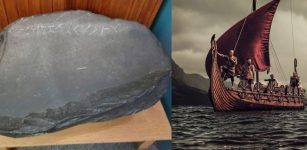 Does Yarmouth Runic Stone Describe A Trans-Atlantic Viking Voyage?
Artifacts | Oct 22, 2018
Does Yarmouth Runic Stone Describe A Trans-Atlantic Viking Voyage?
Artifacts | Oct 22, 2018 -
 Is A Small Obsidian Artifact Linked To Expedition Searching For A Fabled City Of Gold 470 Years Ago?
Archaeology | Mar 1, 2024
Is A Small Obsidian Artifact Linked To Expedition Searching For A Fabled City Of Gold 470 Years Ago?
Archaeology | Mar 1, 2024

